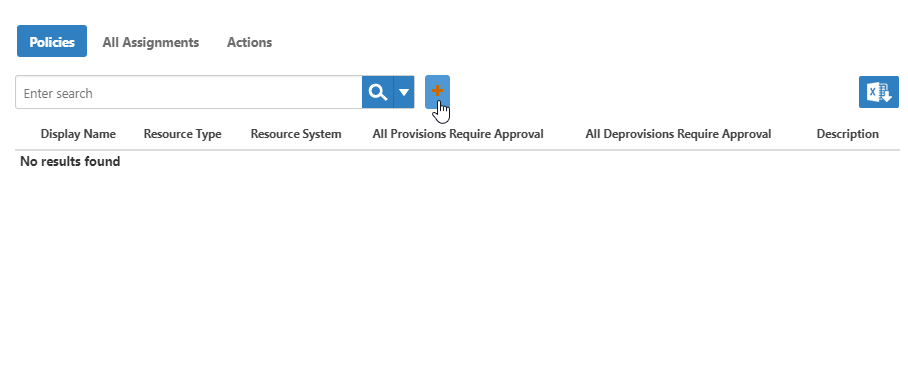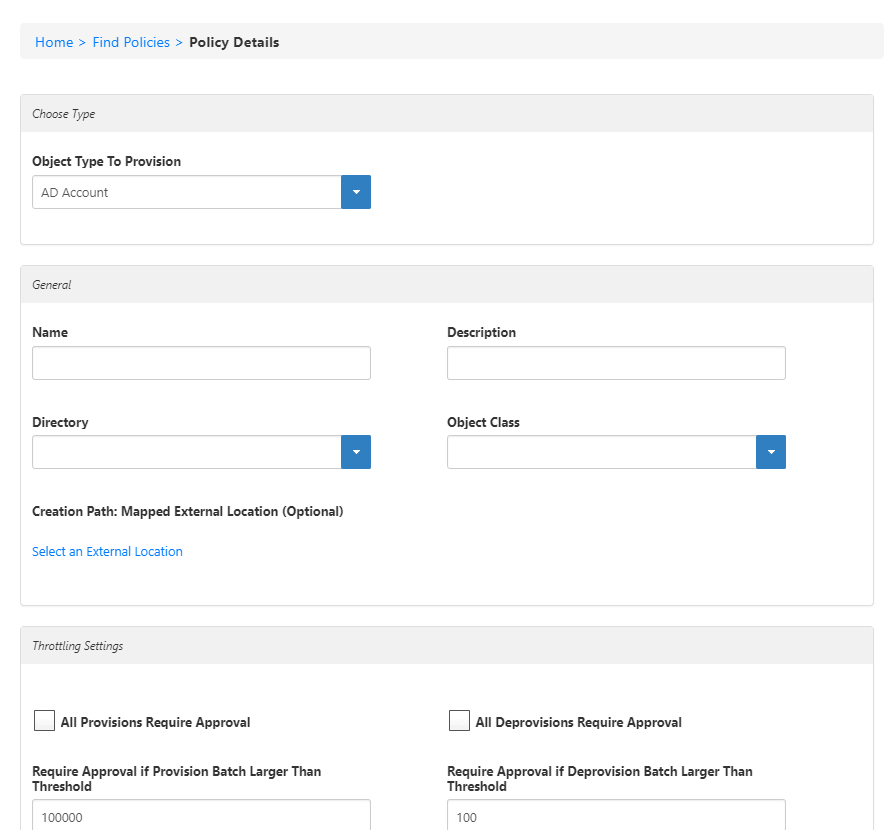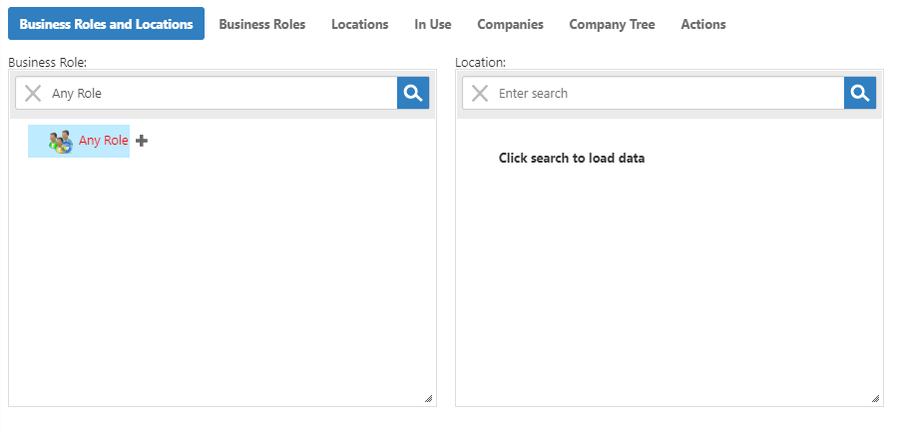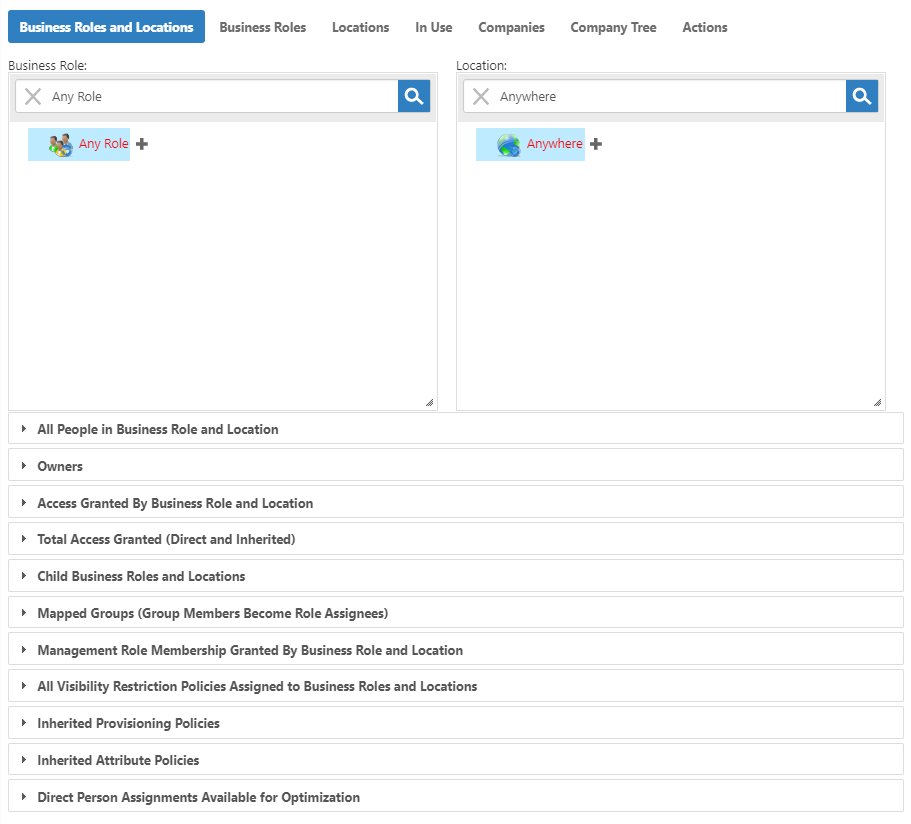Enabling SharePoint Profile Sync
If you have Microsoft SharePoint and are running the User Profile service, you can configure EmpowerID to synchronize the user profile properties in your SharePoint with the corresponding EmpowerID Person attributes for each SharePoint user with an EmpowerID Person identity. In this way, if a user changes a property for one of their attributes, that change can be brought into EmpowerID and pushed to any of your connected account stores, such as Active Directory. The number of SharePoint profile properties that EmpowerID can synchronize with and the naming convention used can be viewed by expanding the drop-down below.
The User Profile Service Application must be started in your SharePoint farm for EmpowerID Profile Sync to function correctly.
You determine how changes made to these properties in SharePoint affect EmpowerID by the settings you apply to the attribute flow rules for your SharePoint system. These rules are visually configured for each profile property and are always relative to the relationship between a user profile property in SharePoint and the corresponding EmpowerID Person attribute. In addition to setting attribute flow rules, you create a Resource Entitlement (RET) for a SharePoint User Profile and apply that policy to your SharePoint users in EmpowerID.
This topic explains how to enable profile sync for SharePoint.
To create a SharePoint User Profile Resource Entitlement
In this example, we create a SharePoint User Profile Resource Entitlement and apply that entitlement to the Any Role Anywhere Business Role and Location. In this way, profile sync happens for anyone within the organization. You can be more selective in your RET application if desired, drilling down to specific Business Roles and Location, groups, Management Roles, and SetGroups.
- From the Navigation Sidebar of the EmpowerID Web interface, expand Admin > Policies and click Provisioning Policies (RETs).
- Select the Policies tab and then click Add New
 button to the right of the search field.
button to the right of the search field.
This opens the Policy Details form.
- In the Choose Type section of the form, select SharePoint User Profile from the Object Type to Provision drop-down.
- In the General section of the form enter a name, do the following:
- Enter Any Role and press ENTER to load the role in the Business Role tree.
- Click the role in the Business Roles tree to select it.

- In the Location pane, do the following:
- Enter Anywhere and press ENTER to load the location in the Location tree.
- Click the location in the Location tree to select it.
A number of accordions appear on the page.